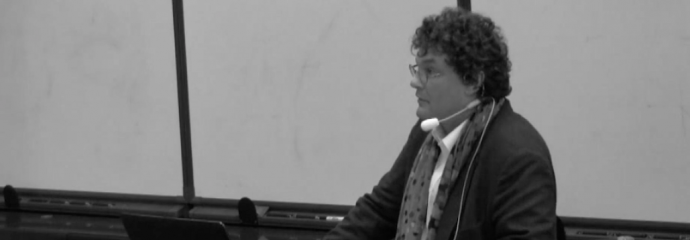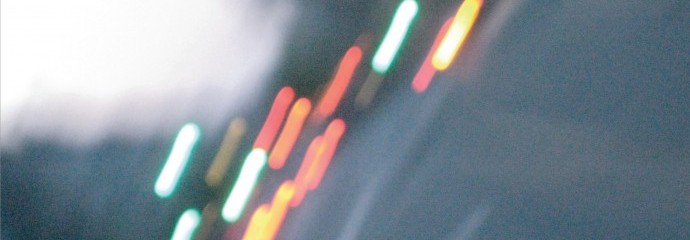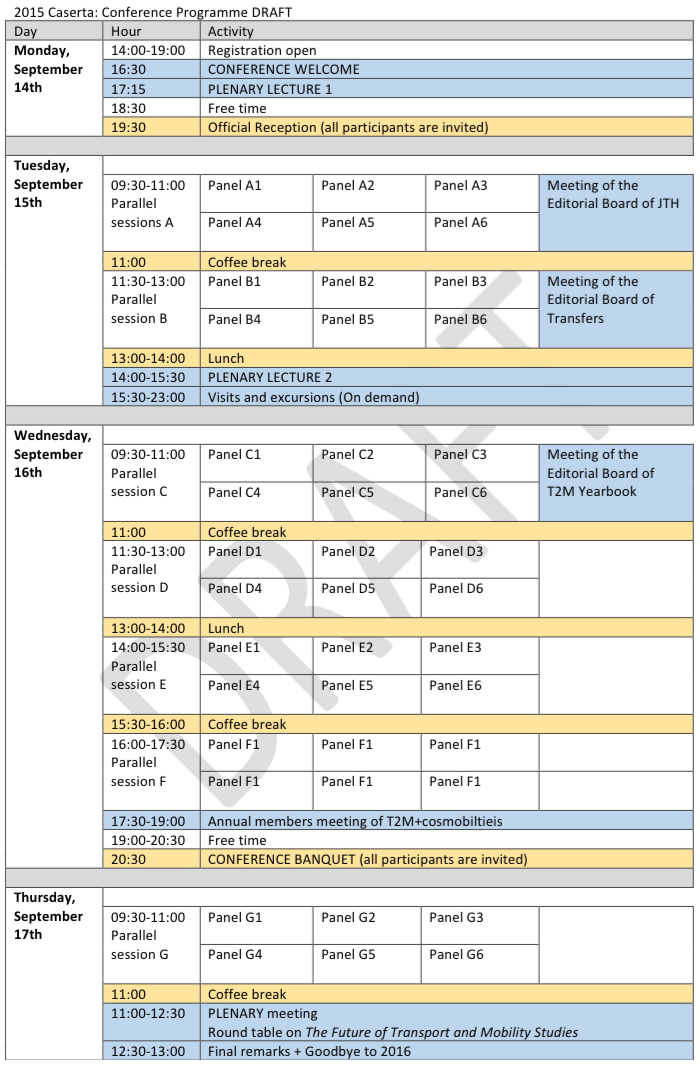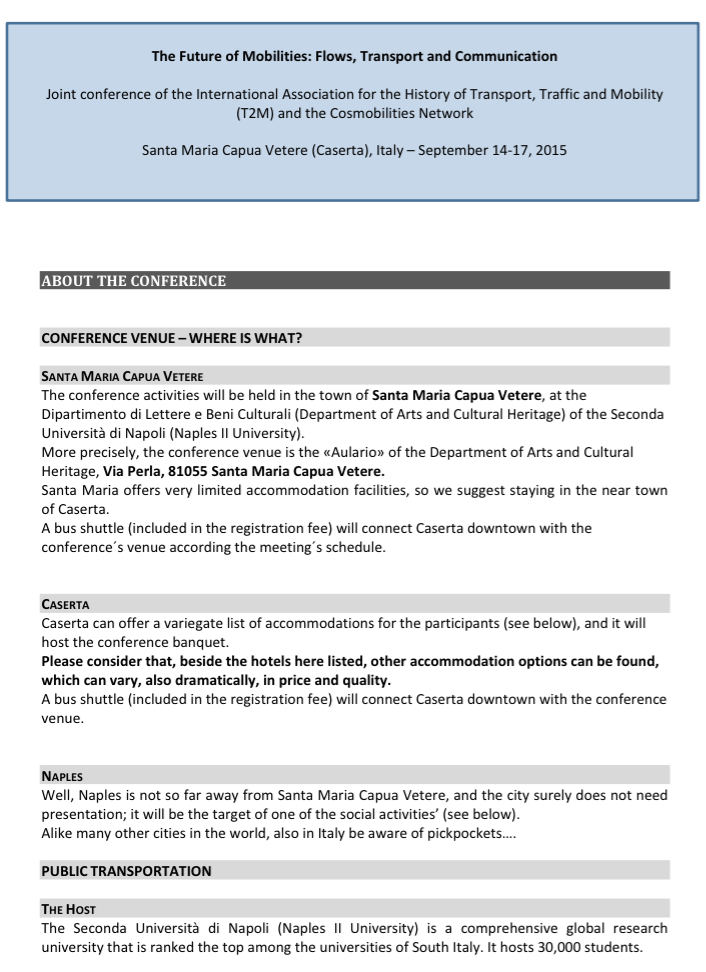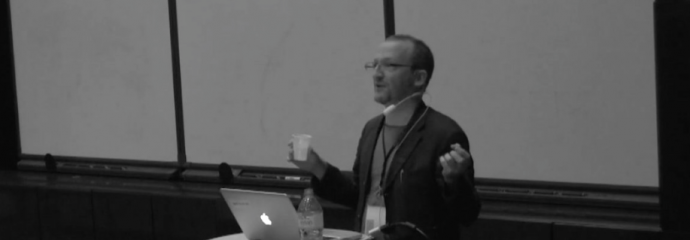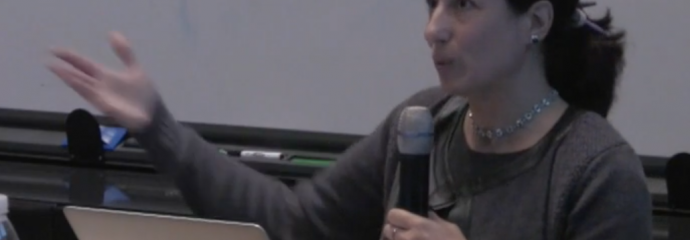Watch Vincent Kaufmann’s keynote, The New Dynamics of Daily Mobilities
Professor Vincent Kaufmann, Director of the Laboratory of Urban Sociology at EPFL, Lausanne and member of the Mobile Lives Forum, gave a talk in which he returned to a core theme of mobilities research; Transport. In this talk Vincent Kaufmann addressed the modal shifts in transport habits away from the car and revisited the concept of ‘motility’. Drawing on quantitative data from several case studies, Kaufmann here gives us an overview of the habits of daily mobility in Western Europe.
Oskar Funk: What will you take with you from this conference?
It’s a very innovative conference with lanes between social scientists and artists, and a lot of new ideas about mobility futures. I would say that I feel a bit at home here at this cosmobilities conference and it’s very unusual for conferences, and it is a real pleasure to come.
Oskar Funk: Is there any new ideas you have discovered here at the conference, or new things you have learned?
I discovered new people. I definitely liked the links between artists and social sciences, like the map of the different trips we did to come here. That was very innovative; it was a good surprise for me.
Oskar Funk: So we need to consider the arts more when we are working as mobility researchers?
Yes for sure! It’s what we also try to do with the mobile life forum in Paris. To have strong links with the artistic field.

